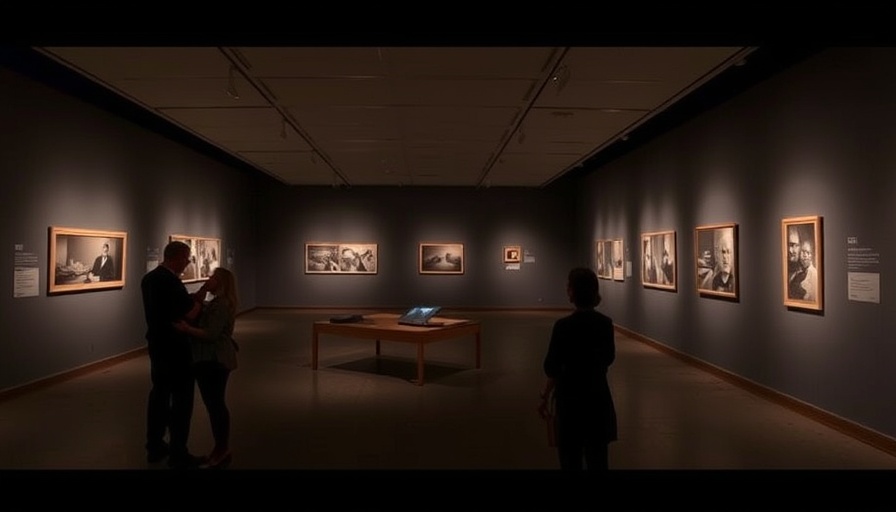
Remembering Hurricane Katrina: A Legacy of Resilience
As we draw closer to the 20th anniversary of Hurricane Katrina, the scars of this historic catastrophe remain etched in the landscape of the Mississippi Gulf Coast. The ferocious storm, making landfall in August 2005, not only redefined how communities respond to natural disasters but also laid bare the profound inequalities ingrained in disaster response in America. While much of the national narrative focused on New Orleans, Mississippi bore the brunt of Katrina's wrath, and its stories of resilience and heartbreak have often been overlooked.
Honoring Unsung Stories Through Art
In a poignant effort to fill in these gaps, the photo exhibit, Hurricane Katrina: Mississippi Remembers, curated by photographer Melody Golding, seeks to give a voice to those affected in Mississippi. Running until November at the two Mississippi museums in Jackson, the exhibit displays Golding's powerful imagery alongside artifacts salvaged from the wreckage—a reminder of the lives shattered that day. "These photographs are my personal witness to the events of this sweeping and non-discriminating catastrophe," Golding states, emphasizing the importance of documenting the emotional aftermath.
The Long Shadow of Katrina and Climate Change
Mississippi's ordeal illustrates a critical lesson about the impact of climate change on communities. Over the past two decades, superstorms have become a relentless reality, with studies indicating that such natural disasters will only amplify in severity due to climate shifts. For instance, in the years following Katrina, communities have weathered a growing number of hurricanes, each carrying the potential for unparalleled destruction. The archives exhibit offers a sobering reminder that while climate change amplifies the frequency and intensity of storms, the human capacity to rebuild remains resilient.
Connecting Generations: Legacy and Responsibility
The personal stories embedded within Golding's exhibit serve not just to archive pain but to foster connection among generations. Within the ruins, everyday objects—like a Christmas ornament or a simple marble—tell tales of lives lived and lost. This connection fosters a deeper understanding of our shared history and underlines the importance of preserving memories of such trials. As people revisit the emotional narratives attached to these artifacts, it sparks conversation about responsibility and actionable ways to improve preparedness and resilience against future tragedies.
Communities Rise: Beyond Shadows of Grief
In the aftermath of Katrina, communities displayed remarkable solidarity, pushing forth their efforts to rebuild amidst devastation. This unity in response was particularly evident in historically marginalized neighborhoods. For instance, neighborhoods heavily populated by Black families often faced longer waits for federal assistance. By recognizing these injustices, we not only honor those impacted by Katrina but also highlight the need for equitable responses in future disasters.
Conclusion: The Future of Resilience and Sustainability
As we reflect on the lasting impacts of Hurricane Katrina, it is imperative to channel our memories into a future defined by resilience rather than ruin. The Mississippi remembrance exhibit is more than a historical retrospective; it invites viewers, including potential homeowners and investors, to consider the vitality of community in rebuilding efforts. In searching for homes in regions prone to climate events, individuals should prioritize sustainability and invest in eco-friendly materials that safeguard their properties from future disasters.
This showcase reminds us of the intrinsic value of our homes—beyond mere shelter—but as parts of a community fabric that weaves together stories of strength and resolute rebirth. Let this resilience inspire actionable insights in homeownership that ensure we do not merely inhabit space but join together to foster thriving communities.
 Add Row
Add Row  Add
Add 





 Add Row
Add Row  Add
Add 








Write A Comment